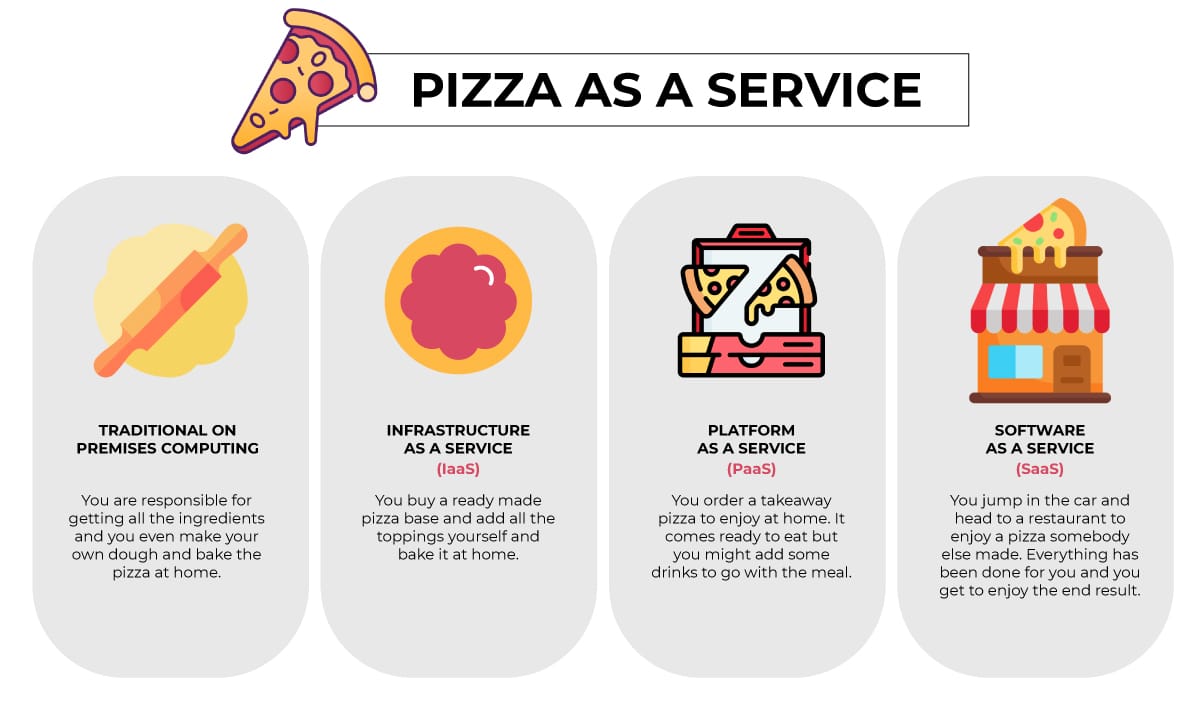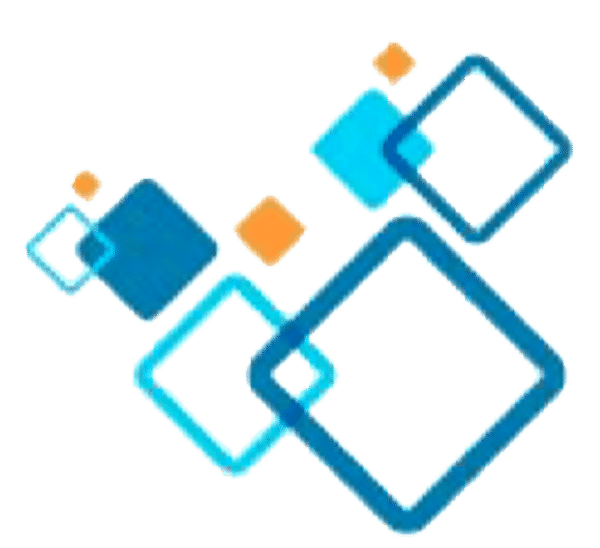Cloud computing has changed the way we do business. Making IT infrastructure, platforms, and software programmes accessible via the internet has altered how organisations store, access and manage data. Giving organisations flexibility and scalability to match their ever-changing needs.
Cloud computing is made up of layers that can be described as a stack. Each layer builds on the last to form a single application, and in so doing, it varies in the degree of responsibility placed on the end user. We’ve already taken a look at each layer of the cloud computing stack separately: IaaS: Infrastructure as a Service, PaaS: Platform as a Service, and SaaS: Software as a Service. But you may feel a bit confused about what their differences are and which one you should choose.
How do they all stack up?
Let’s take a look at a quick summary of what each cloud computing model entails:
- At the base of the cloud computing stack is Infrastructure as a Service (IaaS), where a service provider covers the servers, disks, network security and firewalls, storage, and virtualisation. For a monthly fee, you are given access to computer hardware in a cloud-based environment, but you are still responsible for managing the operating system, data, applications, middleware and runtimes. Examples: Amazon Web Services (AWS), Microsoft Azure, and Google Compute Engine.
- Building on top of that is Platform as a Service (PaaS): the technical stack required for application development, adding development tools and data management to the offering. A service provider provides you with access to a collection of related applications or tools designed to help businesses perform complex interrelated tasks, such as software development and testing. PaaS is less expensive and easier to maintain than IaaS, but it is not as scalable. Examples: Google App Engine, AWS Elastic Beanstalk, and Windows Azure.
- And then there’s Software as a Service (SaaS): a web-based software deployment model in which software programmes are made available over the internet. The applications are all run on the cloud making them accessible from a device with an internet connection. The key difference between PaaS and SaaS is that SaaS offers a finished workload, while PaaS offers the tools needed to help a business create and manage its own workload. Examples: Shopify, Google Workspace, and Microsoft Office 365.
Which Cloud Computing Model Should You Choose?
You can use any or all of the cloud computing models, depending on how much you can and want to manage yourself and how much you want your service provider to manage for you.
Albert Barron, Principal Architect, Financial Services at Google, describes the differences between IaaS, PaaS and SaaS so well in his Pizza as a Service analogy. In each example the result is the same, you get to eat some pizza, but in some cases, you have to do all the work whereas in the other instances other people are doing all the work for you.
 Pizza as a Service
Pizza as a Service
- In the first instance, he compares traditional on-premises computing to making your own pizza at home. You are responsible for purchasing all of the ingredients and making your own dough.
- Infrastructure as a Service (IaaS) is when you buy a pre-made plain pizza base and then at home you add the toppings and bake the pizza yourself.
- Platform as a Service (PaaS) simplifies cloud computing even further. It entails placing an order for a pizza to be delivered to your home. The pizza arrives ready to eat, but you will still eat it at home, using your table and chairs and possibly adding some drinks to go with it.
- Finally, Software as a Service (SaaS) is when you decide to drive to a restaurant and eat a pizza that someone else made. All of the work has been done for you, and all you have to do now is enjoy the results.
So, as you can see, each model has its advantages and when deciding which model to choose it all comes down to your organisation’s wants and needs.
Each of these services’ flexible payment models provide organisations with quick access to hardware components or software programmes that would otherwise be expensive to acquire. It also enables businesses to outsource non-core IT activities to specialised service providers who are better at it. As a result, they have more time to focus on core business activities.
All three models enable effective remote working environments by allowing team members spread across geographical locations to collaborate on projects, app development and deployment, and use safe and secure data storage facilities via the internet.
–
Radical Cloud Solutions is a Cloud Solutions Provider that offers everything your business needs to get into the cloud, including IaaS, PaaS and SaaS. To ensure that you and your organisation get the most out of the cloud, we offer fully scalable and flexible cloud computing solutions, as well as dependable support and training.

